Nobody enjoys being chilly in their own home. Due to poor insulation and building, traditional houses in the United States and Canada lose a significant amount of the heat generated by their central heating units. People often think, how much heat is lost through the roof or how Much Heat Do We Lose Through Our Walls?
Many individuals are compelled to raise thermostat temperature levels to keep their homes warm. Due to the heat that escapes the home, these measures result in significant energy waste.
According to the US Energy Information Administration (EIA) data, space heating equipment accounted for about 27% of total energy use in US homes. Improving home insulation to prevent heat loss is essential for achieving an energy-efficient and sustainable house.
However, the problem is that many individuals are unaware of where their homes' heat is escaping. While a bit of wind through a poorly constructed window may alert you to a draft of cold air, most home heat loss occurs in less obvious places. The most frequent locations where heat loss happens in homes are discussed below. We provide ideas for improving the insulation in your house to reduce heat loss, increase energy efficiency, and save money on your monthly heating cost.
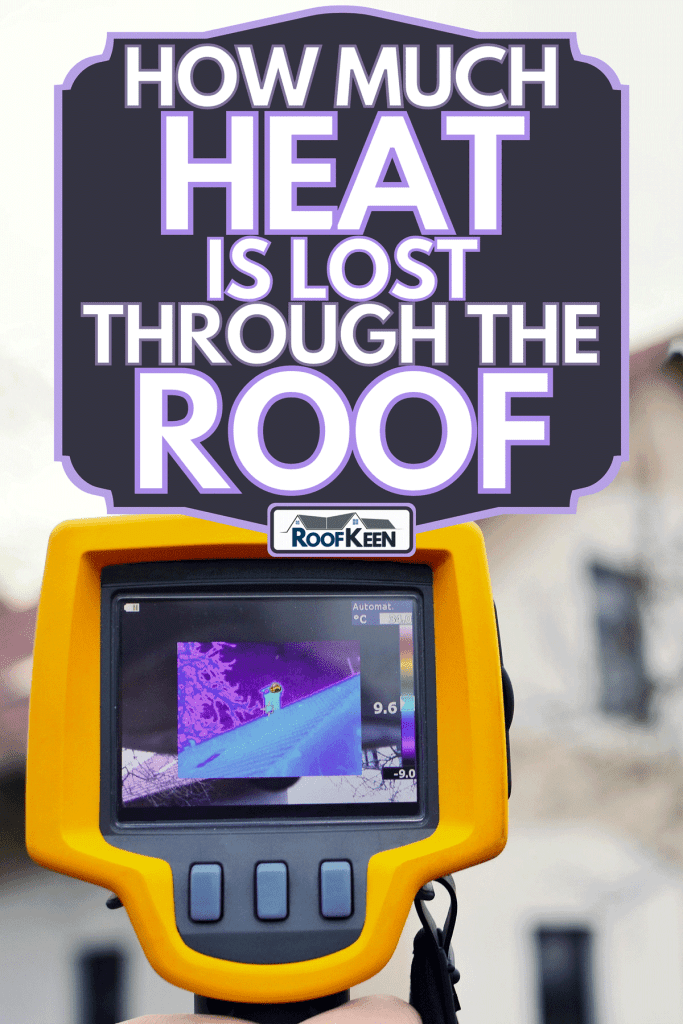
How Much Heat Does Our Roof Lose?
Heat rises, causing the majority of the heat we lose in our homes to escape via the roof. The attic or roof of a home loses about 25% of all heat. An improperly positioned vent, as well as cracks or holes in an attic, allow for significant amounts of heat loss through the attic area.
Furthermore, inadequate ventilation in attics allows even more heat to escape. One Canadian firm is working on a heat loss map for many Canadian cities. They let homeowners use Google Maps to look for their homes and view an infrared image of their roofs.
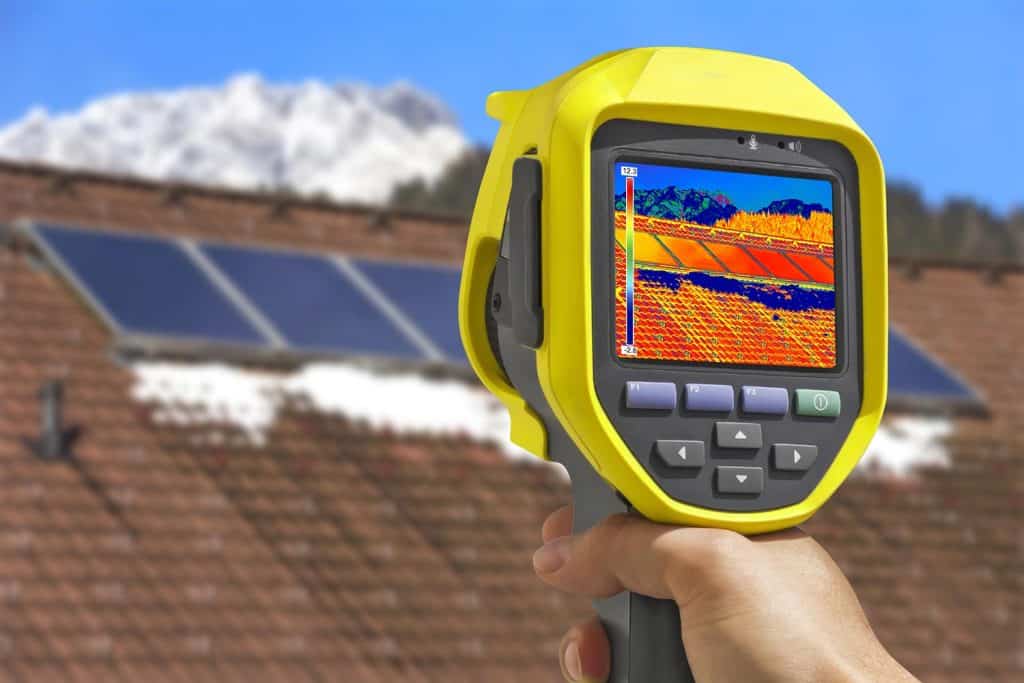
An infrared image may also be used to determine what areas of a roof or attic are allowing heat to escape. While this project is still in its infancy, homeowners can get an infrared scanner or download an infrared scanner app to their smartphone and use it indoors. They provide information about where heat escapes from your roof.
How Much Heat Do We Lose From Our Walls?
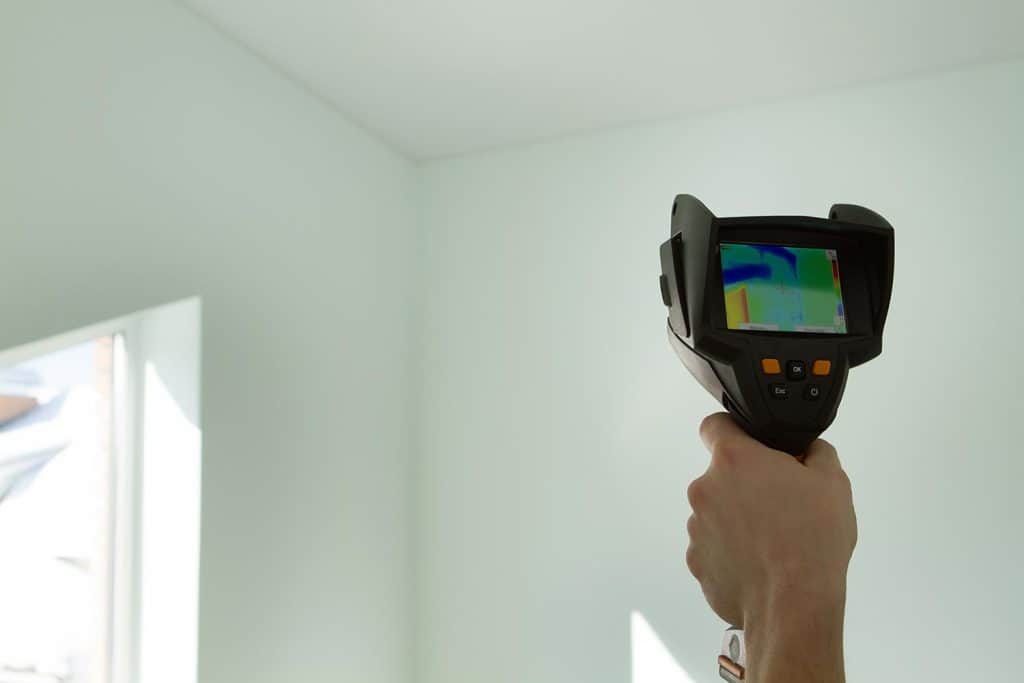
The walls are responsible for roughly 35% of all heat loss in a home. Because the colder temperatures outside contact the interior surfaces of a house, this loss is frequently caused by conduction or physical touch. The majority of the heat energy within your home is conveyed through the walls via conduction.
The first step to enhancing your home's energy efficiency is removing the space between the inside and outside walls, thus allowing for complete contact between the two. Unfortunately, it can be an expensive remodeling project for homes with poor wall insulation. You'll have to remove all interior drywall, replace the insulation, and then build new interior walls.
How Much Heat Do We Lose in Our Basements and Floors?
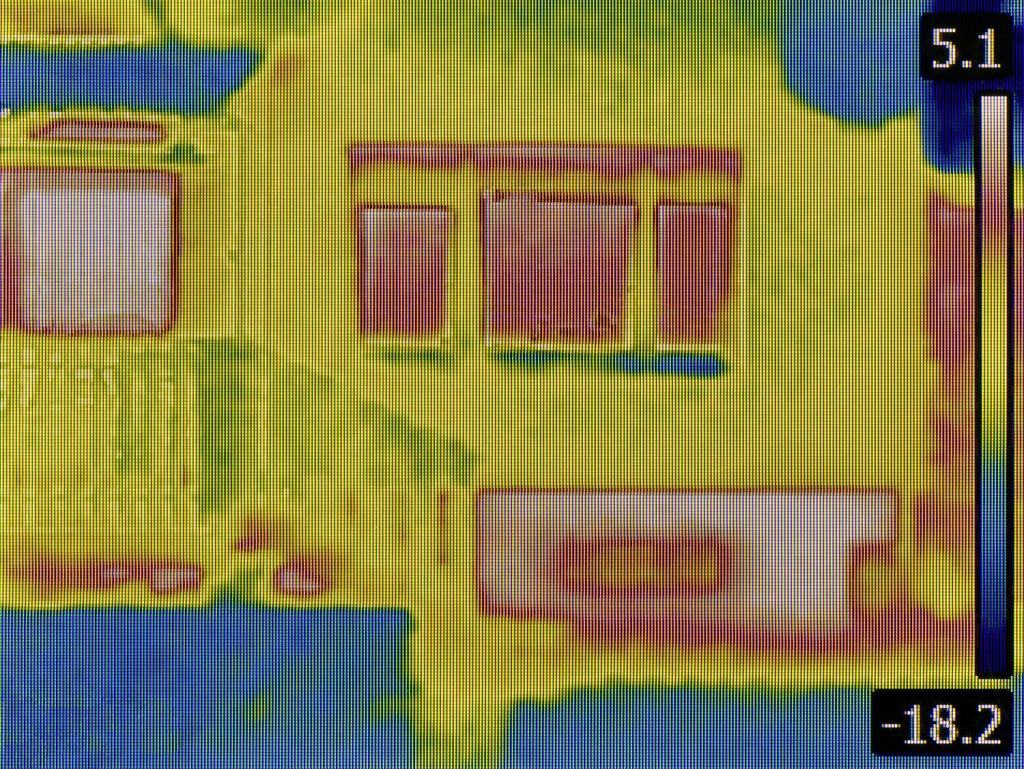
If your property has a basement, around 15% of the heat loss is from the flooring and foundation. Basement walls and the cement slab that sits just below your home's floors have a lesser insulation capacity than higher levels. The R-value scale measures insulating capability regarding resistance to heat flow (R).
A small poured concrete slab or wall will have an R-value of roughly 1, meaning heat will rapidly be lost through these gaps. However, the majority of residences have little to no floor insulation, which is a significant source of heating loss. Here's a simple guide on how to insulate your basement like a pro.
What Is the Average Amount of Heat Lost via Our Windows and Doors?
The heat loss of a residence is determined by the thickness and quality of its walls, plus the insulation levels. In fact, over 50% of home heat loss occurs through windows and doors. Around the foundation, air leaks and cracks may be fixed with regular caulking around window and door frames, accounting for approximately 25% of heat loss.
Triple-glazed windows not only reduce heat loss through windows but also help to keep rooms warmer. Because air is a poor thermal conductor, these windows have three glass panes separated by approximately 1/3 of an inch. This gap between the individual pieces of glass and different gases serves as natural insulation to minimize heat loss via the windows.
How Much Heat Do We Lose Through Draught?
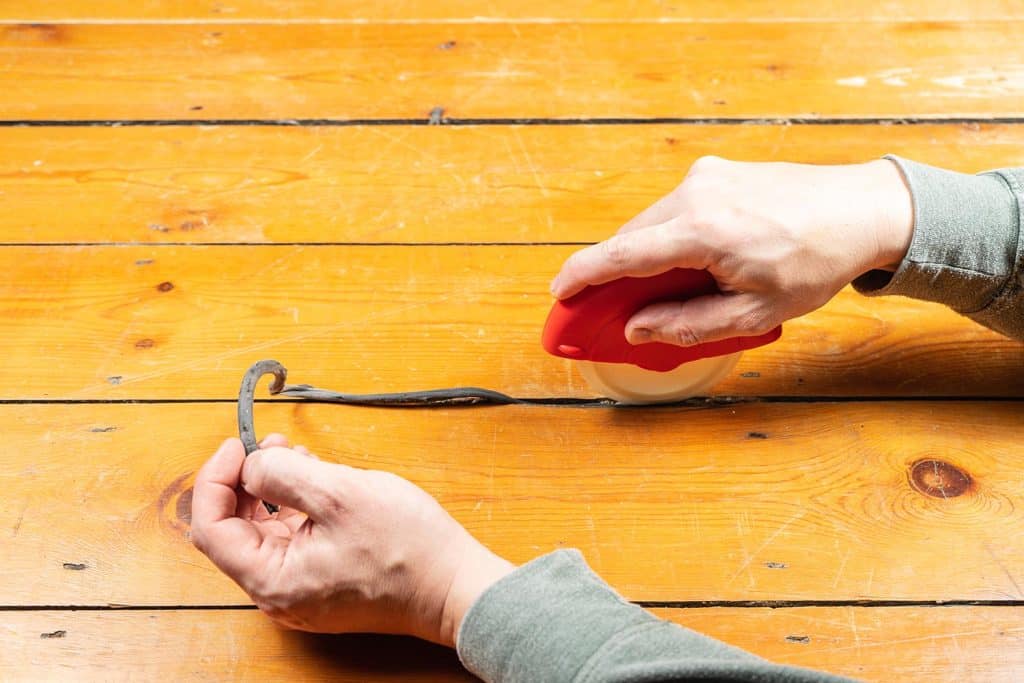
Draught-proofing is frequently neglected, but consider an open fireplace in your house. As a result of the colder air pushing in, and the expensive heated air rising up and out of the chimney, your radiators will become useless. This may be avoided if the home is effectively draught-proofed.
Draught Proofing is a method of sealing openings in attics, walls, and lofts to prevent air from seeping into your property. It's possible that you'll hassle with draughts again if you don't take action right away; however, it won't be as bad as the first time since we can now inspect all our options.
Some Frequently asked questions (FAQ)
1. Is it more cost-effective to insulate the ceiling or the roof of your home?
Ceilings must be insulated to create an air barrier between the living area and an unfinished attic or space beneath the roof deck to prevent damage to the roof deck.
2.Is it true that thicker glass reduces heat loss?
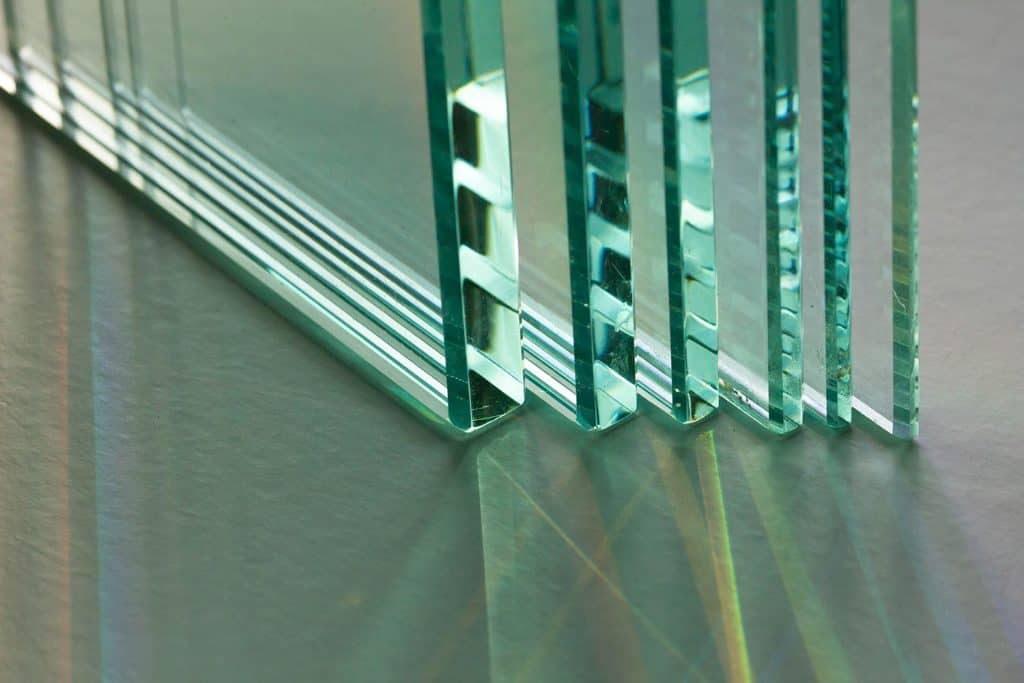
What are the advantages of thick glass? Because two panes of glass rather than a single frame reduce heat loss, your heating costs will decrease. It will also help you save more money on your cooling expenses since the temperature in your home is more constant.
3.What causes heat loss in a home?
Heat loss is when heat leaves the structure through the roof, walls, windows, and floor. It's a good idea to know how much heat your room or house loses so you can decide if underfloor heating will be enough to keep you warm.
4.Is it possible to insulate the underside of my roof?
Yes, but the ideal solution is to insulate both the attic floor and the underside of the roof. In this manner, you prevent heat from the rooms beneath from escaping to the attic rooms above. At the same time, summertime comfort is improved below the roof because of reduced heat loss.
5.Where does the majority of heat loss occur in a home?
When attic heat rises, which happens when there is a lot of moisture in the air, a large portion of the heat we lose in our houses leaves through the roof. A home's roof and/or attic may lose up to 25% of its heat due to faults or gaps in the roofing system. Improper vent placement and cracks are the main reasons for heat loss in a home.
